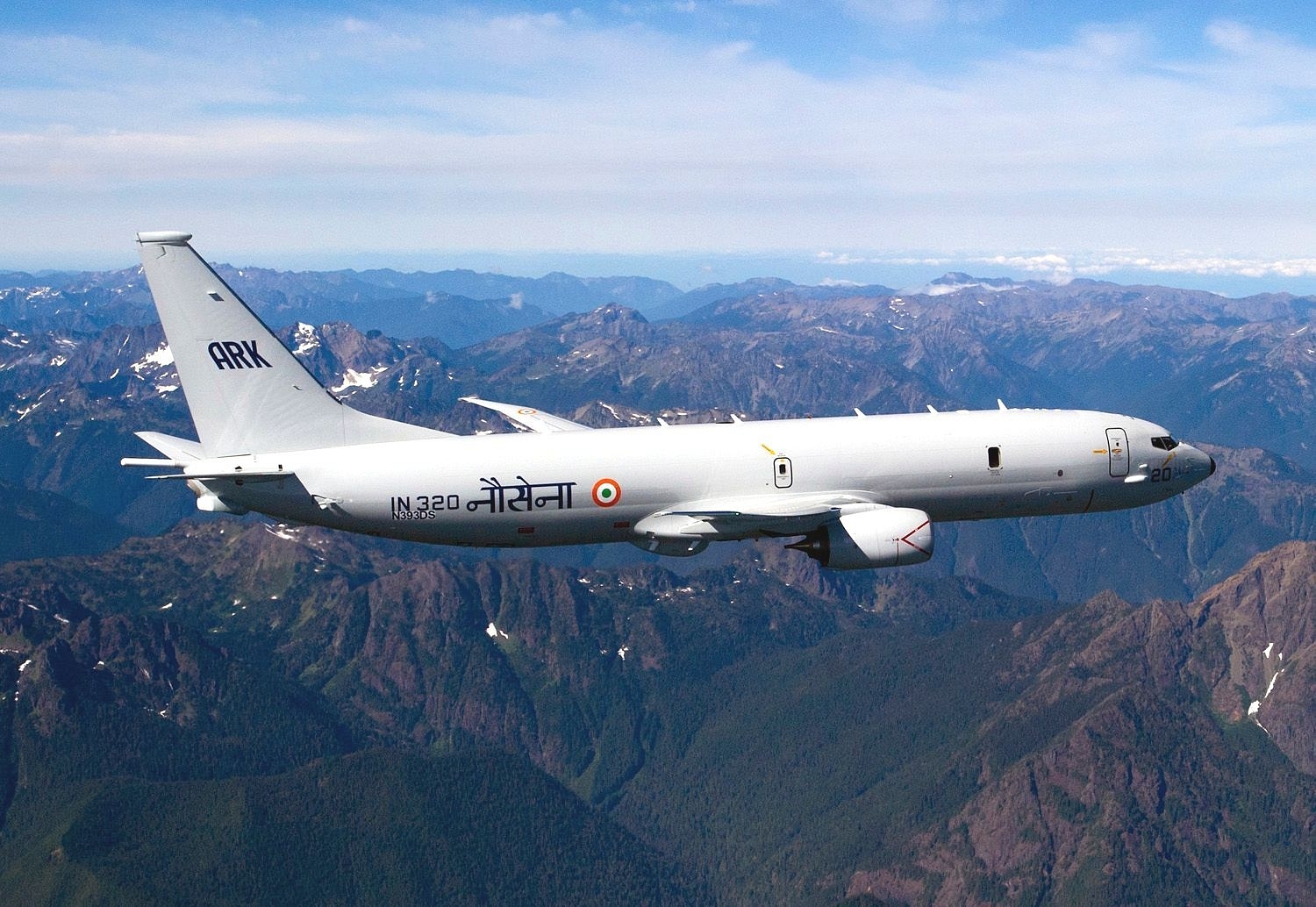News Brief
Explained: Why Indian Navy’s Submarine-Hunting Aircraft Was Seen Flying Towards Ladakh Amid India-China Standoff
- The aircraft can help the Indian Navy keep a close watch over the movement of the Chinese troops on the other side of the Line of Actual Control.

A P-8I of the Indian Navy.
A Navy P-8I was seen flying over Himachal Pradesh in June also.
This has led many users on the micro-blogging site to ask why an aircraft, which should ideally be flying over the Indian Ocean hunting Chinese and Pakistani submarines, is headed towards India’s Himalayan frontier with China.
One of the systems that General Rawat was referring to was the navy’s P-8I.
The Indian Army had successfully used the P-8I aircraft of the navy to monitor Chinese movements and deployments along the border during the 73-day-long Doklam standoff, when General Rawat was the Chief of Army Staff.
As Captain D K Sharma (Retd), who was serving as the spokesperson and Public Relation Officer of the Indian Navy, revealed recently, “The aircraft were live-streaming data to support decision making during the Doklam face-off”.
This wasn’t the only time a P-8I of the navy was used along the land border. The maritime surveillance aircraft, this report says, was also put to use “to keep an eye on movement of Pakistani troops after the Pulwama terror attack last year”.
In 2009, the US Navy had approved ground surveillance role for its P-8s.
The P-8Is come equipped with the AN/APY-10 radar, which its maker Raytheon describes as a “maritime, littoral and overland surveillance radar”. As it is clear from the description, the radar can be used to monitor ground movement, and is capable of providing data in all-weather conditions, both at night and day.
These observations will help the army keep a close watch over the movement of the People’s Liberation Army on the other side of the Line of Actual Control. Based on these inputs, the army can take a call on its deployments.
Other sensors on the P-8s also help with land surveillance.
Talking to Tyler Rogoway of TheWarZone, a pilot of Patrol Squadron Five, a maritime patrol squadron of the United States Navy, which is also known as the VP-5 the "Mad Foxes,” said: “ESM (electronic surveillance measures) is used to collect a wide range of emitters used by... land based facilities at extended ranges. It allows us to be able to geolocate emitters to find a foreign submarine, surface combatant, or land based surface-to-air site. It is also a passive system, which allows us to covertly monitor a wide area.”
“The EO/IR (electro-optical/infrared) camera can be used to visually identify both land and sea based targets, with the IR camera having both white hot and black hot images,” the pilot had told TheWarZone.
P-8s can use these capabilities, and many others which remain classified, while flying in own airspace to draw a picture of enemy’s dispositions on the ground.
Introducing ElectionsHQ + 50 Ground Reports Project
The 2024 elections might seem easy to guess, but there are some important questions that shouldn't be missed.
Do freebies still sway voters? Do people prioritise infrastructure when voting? How will Punjab vote?
The answers to these questions provide great insights into where we, as a country, are headed in the years to come.
Swarajya is starting a project with an aim to do 50 solid ground stories and a smart commentary service on WhatsApp, a one-of-a-kind. We'd love your support during this election season.
Click below to contribute.
Latest